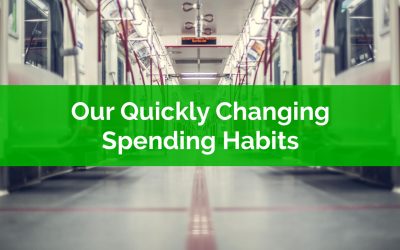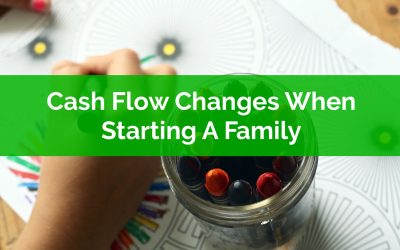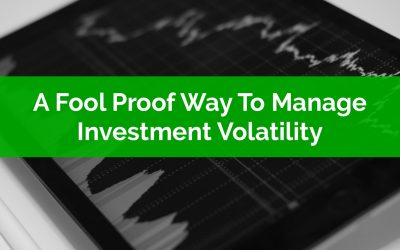Thank you for your interest in PlanEasy!
We will send you an update prior to launch!
Check out our latest blog posts…
Our Quickly Changing Spending Habits
It may not always be that obvious, but habits have a LARGE impact on our day-to-day spending. Very little of our monthly spending is actually driven by pure decision making. Although we would like to believe we’re in control of our spending, the truth is most of our day-to-day spending is driven by our spending habits. Even when we think we’re making a unique spending decision, “should I buy this new toaster or not?” it’s still likely influenced by our past spending decisions.
Spending is also very important, it has an ENORMOUS impact on a financial plan. Unlike other financial factors, whether than be investment returns or income, spending is the number one factor when it comes to financial planning.
Spending even an extra $10/day means a potential $192,389 LESS at retirement.
PLUS! Spending an extra $10/day IN retirement requires an extra $91,240 in financial assets at the start of retirement.
So not only does spending more mean you have less financial assets at retirement, it also means you need more assets to support that spending, a double impact!
Spending is important to every financial plan, and because spending is driven by habits, that also means habits are important.
And… unlike any time in recent history, our spending habits have been disrupted like never before.
Social distancing, self isolation, work from home, school closures, essential versus non-essential business etc. These changes have had an enormous impact on our spending habits in a very short period of time.
Despite the very negative reason for these changes there is a positive aspect, our spending habits have undergone a massive disruption. Unlike any time before, now it’s easier than ever to evaluate spending habits and decide what is truly important and what is simply nice to have.
Many of us will need to evaluate our spending habits out of necessity, but many of us can also take this time to evaluate our spending habits out of choice. We can all use this disruption to our normal spending habits as an opportunity to change our habits in a positive way for the long-term, putting us on a better financial path in the future.
Cash Flow Changes When Starting A Family
Starting a family is probably one of the most complex periods in a person’s financial life. There are changes to income, expenses, insurance, investments (RESPs) etc.
Anticipating and managing all these changes can be overwhelming. It’s good to have a framework to help understand what changes you can expect and how large they may be.
It’s also a good idea to prepare yourself financially for all these big changes. There are a few things you can do to prepare your finances for a decrease in income and an increase in expenses.
Generally you can separate the financial changes when starting a family into six different areas.
There are changes to…
– Income
– One-time expenses
– On-going expenses
– Insurance
– Investments
– Taxes and Gov. Benefits
In each of these areas there are different financial impacts that come with starting a family. Some of these impacts are positive and some are negative.
For example when it comes to Income, most new parents can expect to receive the Canada Child Benefit, one of the most generous benefits in Canada. This government benefit could add thousands to a new parents annual income (plus its non-taxable!) But at the same time a new parent may take 12-18 months off work which has a very negative impact on Income.
There are also many new expenses a new parent will face. There are one-time expenses, on-going expenses and then short lived but high cost expenses like daycare.
To help a new parent plan all these changes we need to look at each area separately to understand what changes we might expect.
A Fool Proof Way To Manage Investment Volatility
With investments values moving up and down 5% to 10% per day this investment volatility can feel like a roller coaster both financially and emotionally. If you’ve been watching your investment portfolio day-to-day you may be feeling a bit nauseated by now.
Thankfully there is a fool proof way to manage this investment volatility, just don’t look.
Not looking at your investment portfolio is simpler said then done of course, but it’s the best way to manage investment volatility.
It’s been proven that we put more weight on negative experiences than positive experiences. We feel the impact of negatives more than we feel positives.
Even when they’re the same size, a loss feels worse than a gain. Losing $50 feels worse than gaining $50.
So with markets jumping up and down 5-10% per day this can lead to some VERY negative emotions. The positives just don’t out weight the negatives and we end up feeling worse and worse with each rise and fall.
But not looking at your investment portfolio can be surprisingly hard to do. So what can the average investor do to help themselves feel better during a market correction? What strategies can they use to avoid looking at their investment portfolio? What routines can they implement?
This post looks at a few different ways to help you manage the emotional impact of investment volatility.



